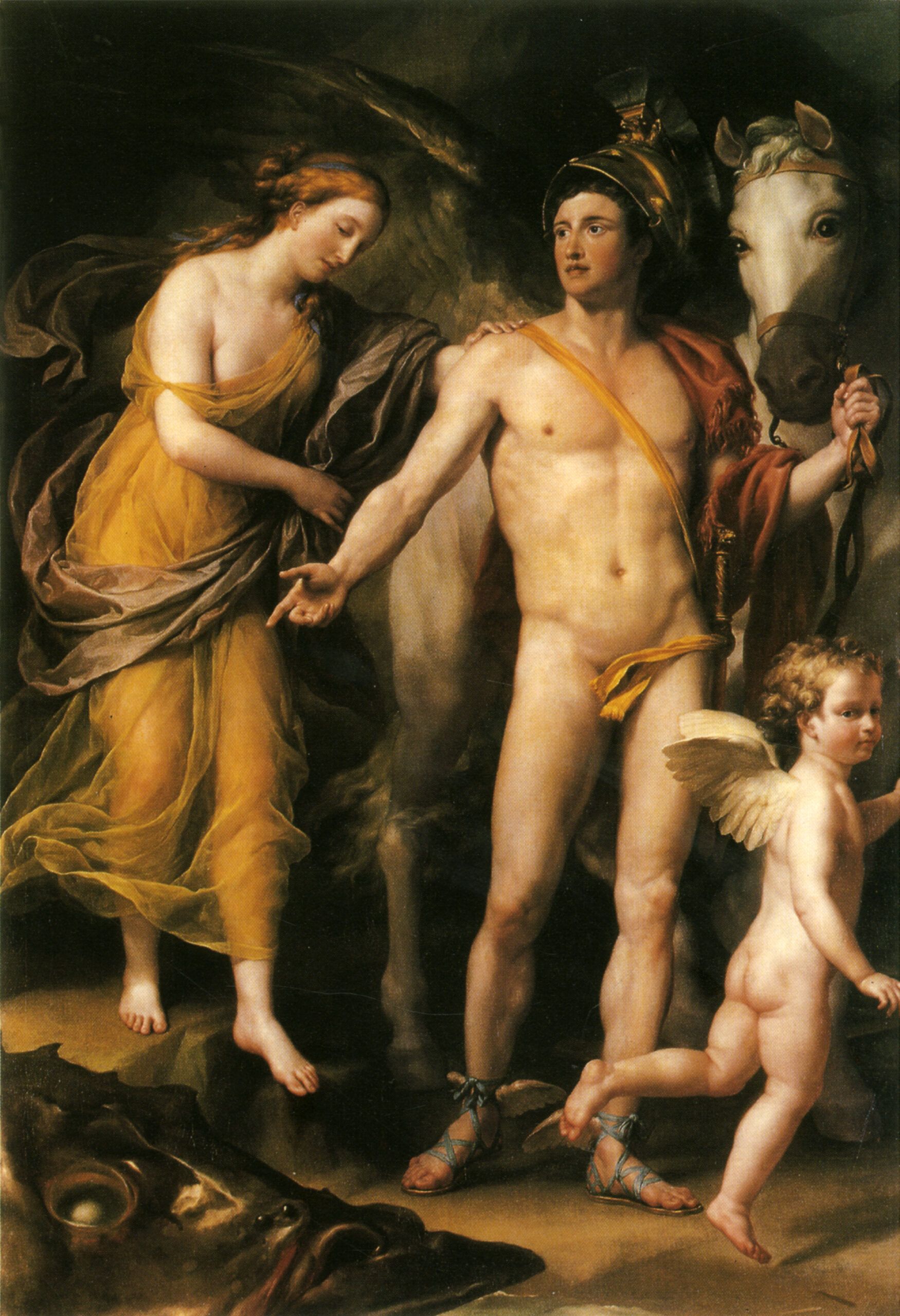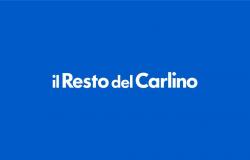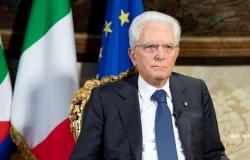Sailing ships and treasures, boardings and noble collectors, but also barrels of anchovies and forms of parmesan. The Rimini Drawing Biennale also recalls an extraordinary event of civil and military news which took place in 1778, when the English frigate Westmorland set sail from Livorno and loaded with works of art, purchased by English baronets during their Grand Tour in Italy, was captured by the French.
After several changes of hands, the cargo was sold to the King of Spain who sent it to the Real Academia de Bellas Artes de San Fernando in Madrid. while thirty-two large wheels (or wheels) of Parmigiano were purchased by Compañía de Longistas de Madrid.
Part of those treasures will be exhibited from 4 May to 28 July 2024, as part of the 4th Rimini Drawing Biennale, the City Museum – Manica Lunga in the exhibition “The treasure of Westmorland. The drawings taken from the Grand Tour”, edited by José Marìa Luzòn and Massimo Pulini.
From that huge heritage, made up of entire libraries, of cases full of musical scores never played again, of paintings and engravings never admired again, the Biennale Disegno was able to extract a series of watercolors by William Hamilton (Chelsea 1751 – London 1801) but especially by John Robert Cozens (London 1752-1797), which portray volcanic lakes of the Roman countryside, views of Vesuvius and the Campi Flegrei, together with other testimonies of that exceptional historical event of a ship which instead of carrying out a geographical journey carried out one one in time.
In addition to the drawings, the collection presents scores and manuscripts by Christian Joseph Lidarti and Franz Joseph Haydn, which will be presented on Wednesday 19 June during an evening framed by the dramaturgy of Massimo Pulini with the participation of Silvio Castiglioni and the live music of the Westmorland ensembles and Rimini Classica, as part of the Sagra Musicale Malatestiana.
The Westmorland or Westmoreland was a 26-gun British privateer frigate, which operated in the Mediterranean against French shipping in retaliation for France’s support of the Americans fighting for independence from British rule. At the end of 1778, the Westmorland sailed from Livorno bound for the motherland under the command of Captain Michael Wallace carrying a large sum of money after having sold a consignment of cod loaded in Newfoundland; the free port of Livorno was one of the main ones for the trade of this commodity.
The port of Livorno in the eighteenth century
He then loaded a large batch of Parmesan cheese, which was then highly appreciated in the galleys of all navies for its high nutritional value and ability to be preserved for a long time even in the open sea. Furthermore, barrels of olive oil and salted anchovies, medicines, eighty-four rolls of paper from Genoa, five cases of the famous black silk from Bologna. But above all, 57 cases of artistic objects purchased in Italy by Grand Tourists such as the Duke of Gloucester, Sir John Henderson and the Duke of Norfolk.
Pompeo Batoni: portrait of Francis Basset, 1st Baron of Dunstanville
On 7 January 1779, off the east coast of Spain, the frigate was sighted and pursued by four French ships, including two warships, the Caton (64 guns) and the Destin (74 guns), and two smaller ships. Wallace attempted to outrun them but, given his much inferior armament, he realized he had no choice but to allow the French to board his ship. Spain (then a friend of France although not yet – at least in formal terms – at war with Great Britain) allowed the French to dock in Málaga.
Here his art treasures were passed on by the French government to two Irish-linked trading companies, despite Wallace’s protests that the ship was full of “extremely valuable goods” (the French had already seized its cargo in cash), and the Spanish king was informed by his prime minister, the Count of Floridablanca, of the arrival of the works of art. After Spain’s formal declaration of war, King Charles III secretly purchased the art from a syndicate of Madrid merchants for 360,000 silver reales (a discount from the original asking price of 600,000 gold doubloons, but still a considerable sum) and had it taken by wagon to the capital. The portraits of Basset and Lord Lewisham, meanwhile, had been purchased by the Spanish Prime Minister.

John Robert Cozens: “View of Lake Albano”, Madrid, Real Academia of San Fernando
Although the British consul in Cadiz had initially informed the British Admiralty that the Westmorland and her cargo had been seized as legitimate prizes, calls followed from the British ambassador, firmly supported at cabinet level, for the repatriation of the works of art and (in a prisoner exchange for French and Spanish prisoners taken by the Royal Navy) the crew of the Westmorland. However, these coveted artistic treasures remained the property of the Prado Museum, the Real Academia and other Spanish national collections. With exceptions: a package of Catholic relics intended for the Duke of Norfolk (which the Spanish returned unopened to the Vatican) and a “Perseus and Andromeda” by Mengs by Sir Watkin Williams Wynn, which ended up in the collection of Catherine the Great at the Museum of Hermitage.

“Perseus and Andromeda” by Mengs
In 1784 the £100,000 for which the art had been insured in Livorno was paid in London. Westmorland, for her part, was renamed, recommissioned in the Spanish fleet, but eventually recaptured by the English in the Caribbean.
(in the opening image: the battle of Martinique on 18 December 1779 won by the French of the Count de la Motte-Picquet over the English admiral Hyde Parker. Oil on canvas by Auguste-Louis de Rossel de Cercy)
 Press
Press







